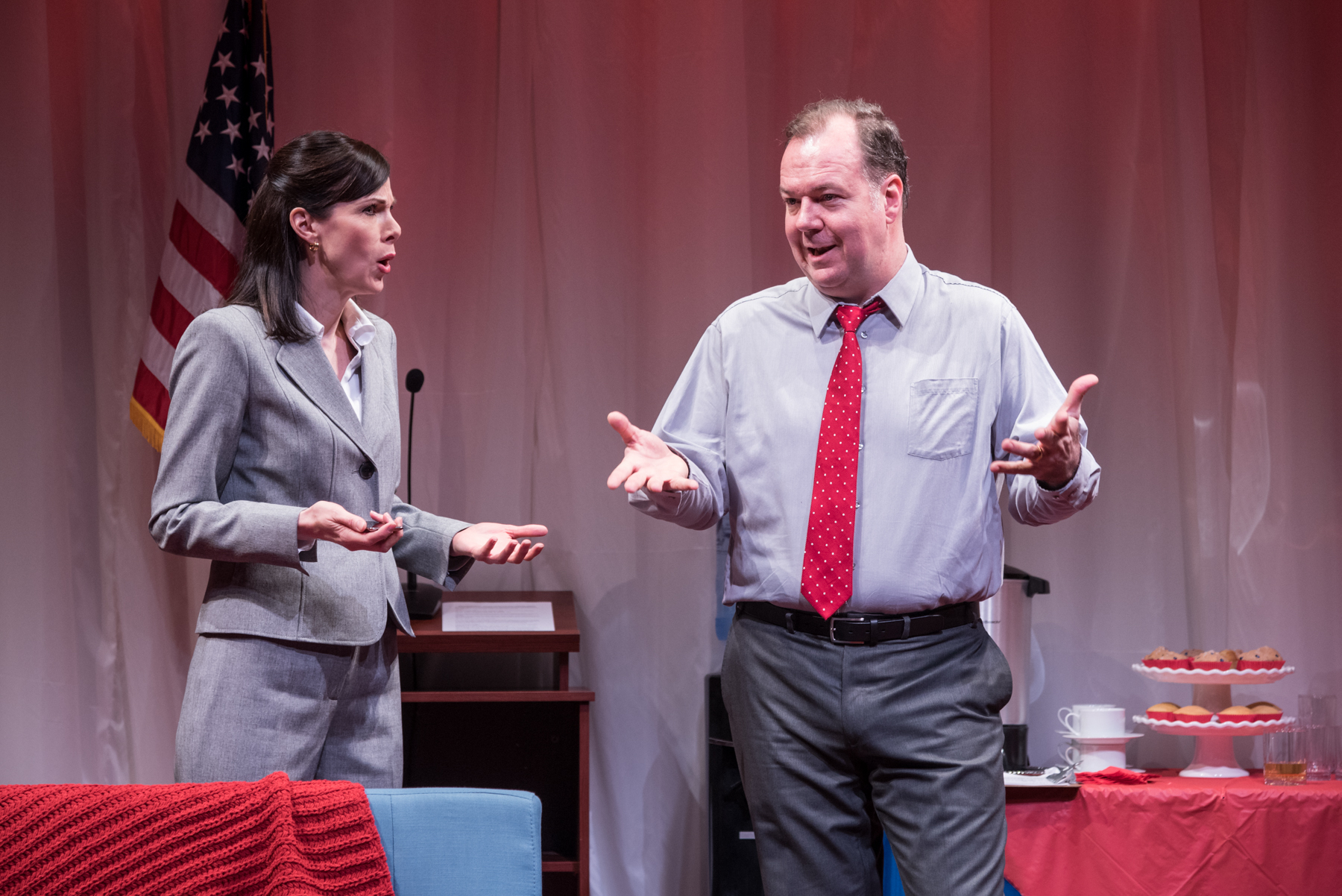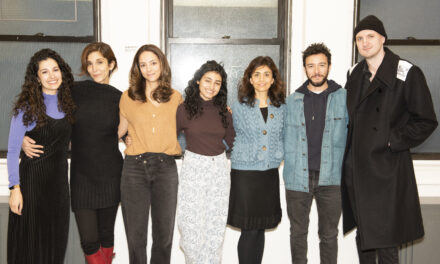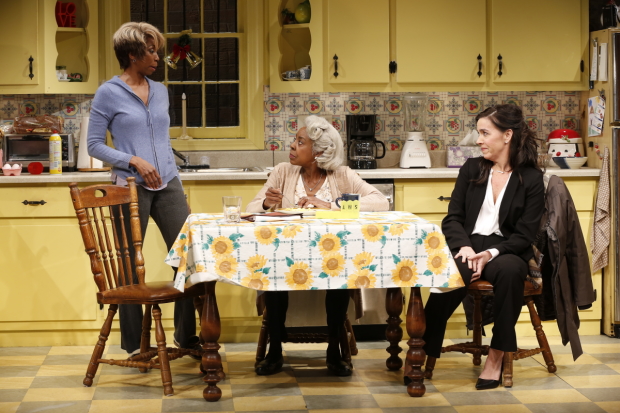Review by Grace Treston
Financial struggles; racial tensions; the USA. No, these aren’t buzzwords from the headlines of today – though they very well could be. This is Downtown Race Riot, and it goes for the jugular.
Seth Zvi Rosenfeld’s heart-thumping play from The New Group demands that you pay attention, whether it be to your surroundings or to yourself.
Set in 1976 New York, Downtown Race Riot (based on true events) is far from your usual social commentary, and does more than hold up a tired mirror to our community’s well-known flaws. Deeper than the obvious conflict – race – are the conflicts within families, and those inside ourselves.
Ingenious directing by Scott Elliott brings this off-Broadway play to a level of authenticity that begs to be admired. Pace, delivery, structure – it’s tough to fault any of it. The gritty tale also boasts razor-sharp dialogue that stays true to the urban vernacular of its time, thanks to Rosenfeld’s formative years in Manhattan and the Bronx.
Residing in Section 8 housing with her son and daughter, Mary (played by a startlingly vulnerable Chloë Sevigny) is a surprisingly lucid and rational heroin addict nearing 40.
As news breaks of an impending race riot, Mary will struggle to stop that hatred from seeping in to her world while doing her best to scam the city’s government.
Her drug dependency may be a hindrance to daily life – but Mary’s parental shortcomings with teenager Jimmy and 21-year-old Joyce aren’t borne from her doping habits. Her real flaws in raising a family come from within. These failings, coupled with Sevigny’s tight performance, make her Downtown Race Riot’s most likable and heart-breaking character.
We first meet Mary in her Greenwich Village apartment as she playfully berates 18-year-old Jimmy (David Levi). To his friends, he’s Pnut – and he regularly questions if his mother loves him or his sister Joyce more. He has a penchant for stealing . . . from the rich local Jewish kids.
Levi’s performance as the highly-strung son of an unstable mother catches your eye and doesn’t let go for the 100-minute duration. His dedication to Pnut’s nervous energy is vital to the production – after all, there are no set changes, intermissions, or even moments of respite for the actors that last longer than a few minutes.
Pnut comes from a white family, his best friend is black, and he lives in a neighborhood that is home to all skin tones. But his reluctance to partake in the racially-charged brawl doesn’t come from tolerance. His concern is for innocent bystanders who might get embroiled in the violence, not for the black community who his gang plans to destroy.
To complicate things further, Marcel ‘Massive’ Baptiste – a Haitian-American youth not accepted by other black New Yorkers – is the very friend who urges him to participate. Played deftly by Moise Morancy, Massive’s presence in the Village home shows just how cutting the issue of identity and belonging can be.
Things heat up on the streets and the stakes are raised as uncomfortable truths unfold. Without ever leaving the apartment, we see just how volatile the outside world is through the cast’s palpable chemistry.
Pnut and Massive are joined by fair-weather friends, Tommy-Sick (Cristian DeMeo) and Jay 114 (Daniel Sovich), whose violent tendencies bring the play to climactic new heights.
Thanks to scenic design by Derek McLane and sound design by M.L. Dogg, radio and television play a noticeable and appreciated role in preserving the 1976 tone – the scents and ambient noises on stage easily envelope you in the intimately-sized theatre so vividly accented with Yael Lubetzky’s lighting.
In fact, we’re right there with Mary as she takes one shaky drag after another from her cigarette, all the while pressuring her children to give up their lives for her peace of mind.
Joyce’s complex relationship with sex and gender norms is a rich addition to the show’s string of social issues – on that note, sadly, the backstory of Sadie Scott’s gutsy character is one you’ll want to know more about but never will.
Meanwhile, Mary’s illegal scheme is helped on its way by the questionable lawyer, Bob Gilman. Although Josh Pais’ time on stage as Gilman is brief, Pais makes up for this brevity with a memorable and comedic performance.
This dynamic production is a refreshing take on much-discussed topics – and the way Rosenfeld has tied together threads of different colors in Downtown Race Riot is a true testament to his story-telling prowess.
Downtown Race Riot needs to be watched in New York – it’s at home among the city streets and avenues. It may not reflect today’s city, but there is an element of poignancy and great relevancy as you step in from the brisk air of 42nd Street to the world of Mary Shannon at the Pershing Square Signature Center.
Photo credit: Monique Carboni
Downtown Race Riot runs until December 23, 2017 at Pershing Square Signature Center, The Romulus Linney Courtyard Theatre, 480 West 42 Street, NYC and opens officially December 3.
Tickets are available from Ticket Central here. www.thenewgroup.org


























